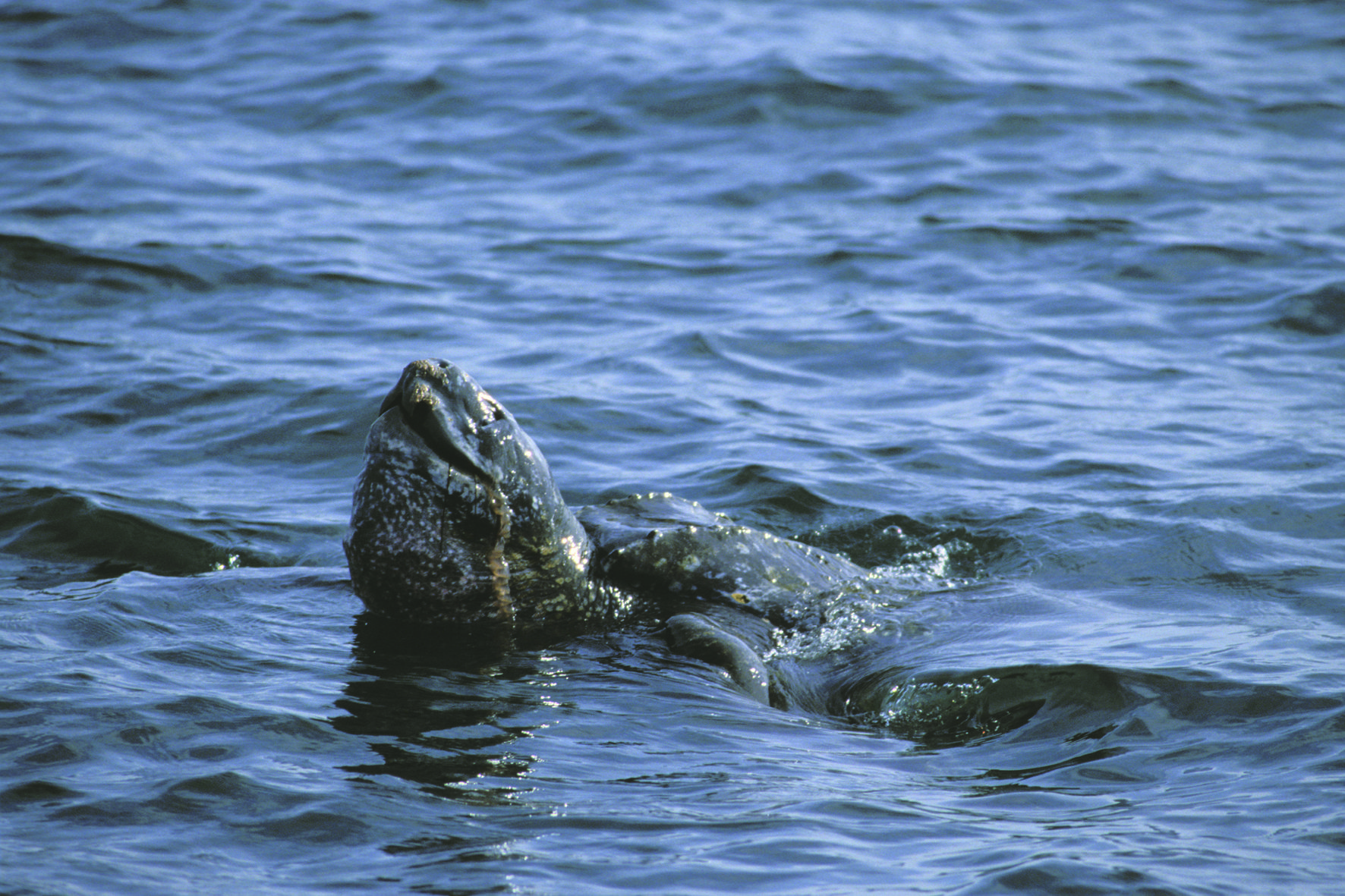The largest, deepest diving, and most widespread turtle in the world: 1-2m long and weighing up to a tonne, diving to depths of over 1200m for up to 85 minutes, and recorded in all the seas from the Arctic to south of New Zealand. They migrate to the British coast in summer months to feed on the large numbers of jellyfish.
Unlike other turtles, the Leatherback turtle has a slightly soft and flexible back (carapace) with ridges to make it more streamlined. They are dark with white and pink spots.
The females lay around 100 eggs in nests in the sand dug with their rear flippers. They show less fidelity to nesting beaches than other turtle species. Females can scatter their nesting across several beaches in one season.
Action Needed
1. Encouraging the reporting of marine turtle encounters as illustrated in this report.
2. Work for reduction of marine litter through measures to create a circular economy.
3. Support measures to tackle climate change.
4. Ensure the Scottish Biodiversity Strategy is fully implemented
Threats
- Nesting habitat loss from tourism development and rising sea levels
- Climate change as incubation temperature affects hatchling gender
- Egg collection
- Bycatch and tangling in fishing gear
- Marine litter, especially plastic bags which resemble jellyfish
MSP Nature Champion

Brian Whittle
Member for: South Scotland
Region: South of Scotland
Party: Scottish Conservative & Unionist Party


